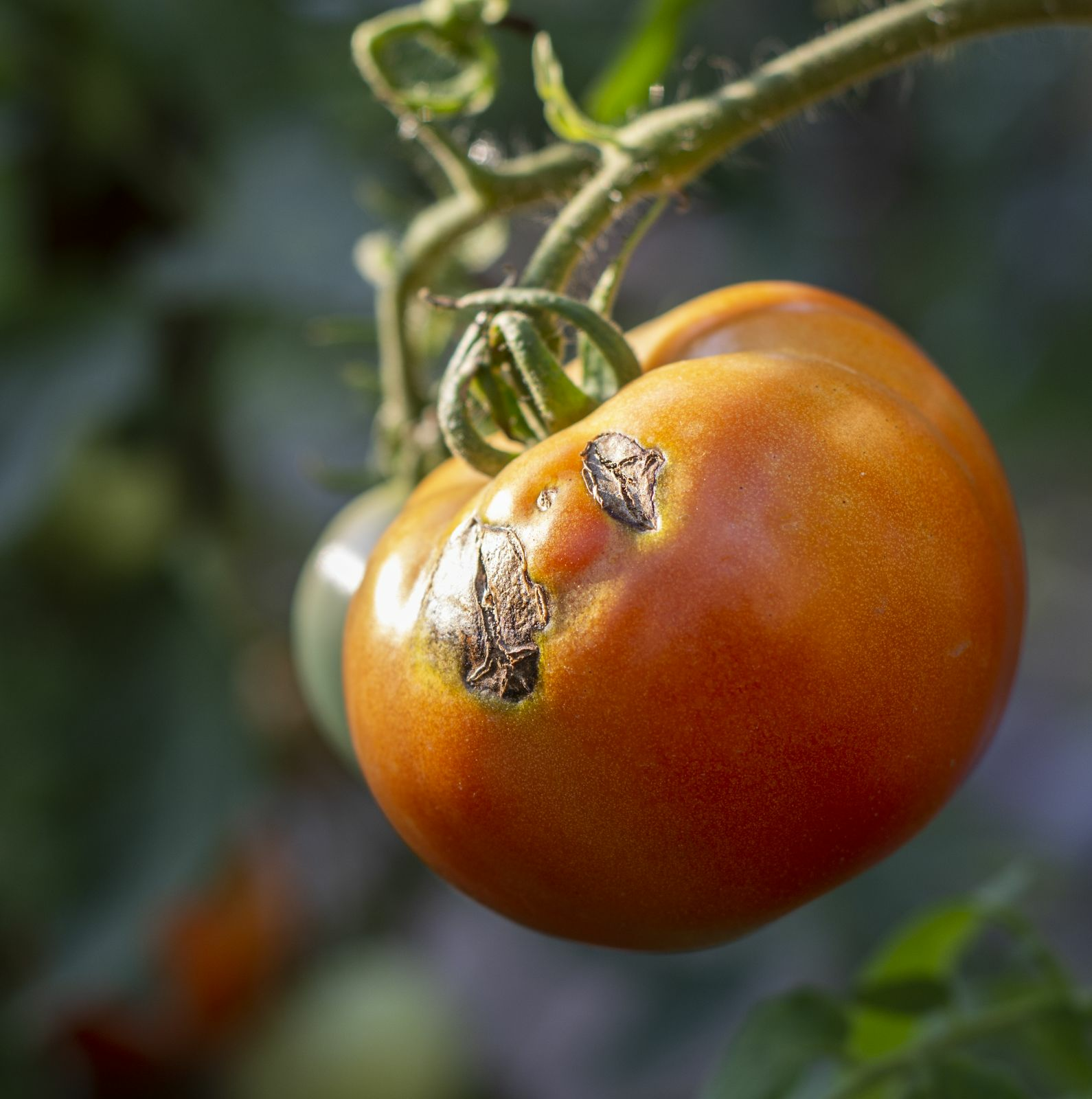
Brown Rot on Tomatoes: Recognizing and Getting Rid of It
One of the most common tomato diseases is late blight (Phytophthora infestans). To keep your tomatoes healthy until harvest, there are some preventive and acute measures to delay or prevent the outbreak of the fungal disease. You can find everything you need to know about blight on tomatoes in this article.
This Article Contains:
Quick Overview
Tomatoes: Preventing and Avoiding Blight
- Place plants with sufficient spacing
- Water close to the ground to avoid splashing water
- Grow tomatoes under cover
- Plant hygiene (defoliation; treatment with horsetail tea, seaweed lime or rock flour)
- Use hardy tomato varieties
- Be vigilant!
What to Do in the Event of an Infestation With Brown Rot?
- Remove and dispose of diseased plant parts
- Observe crop rotation and mixed cultivation
- Treat with horsetail or compost tea for light infestations
Tomato Diseases: Blight and Late Blight
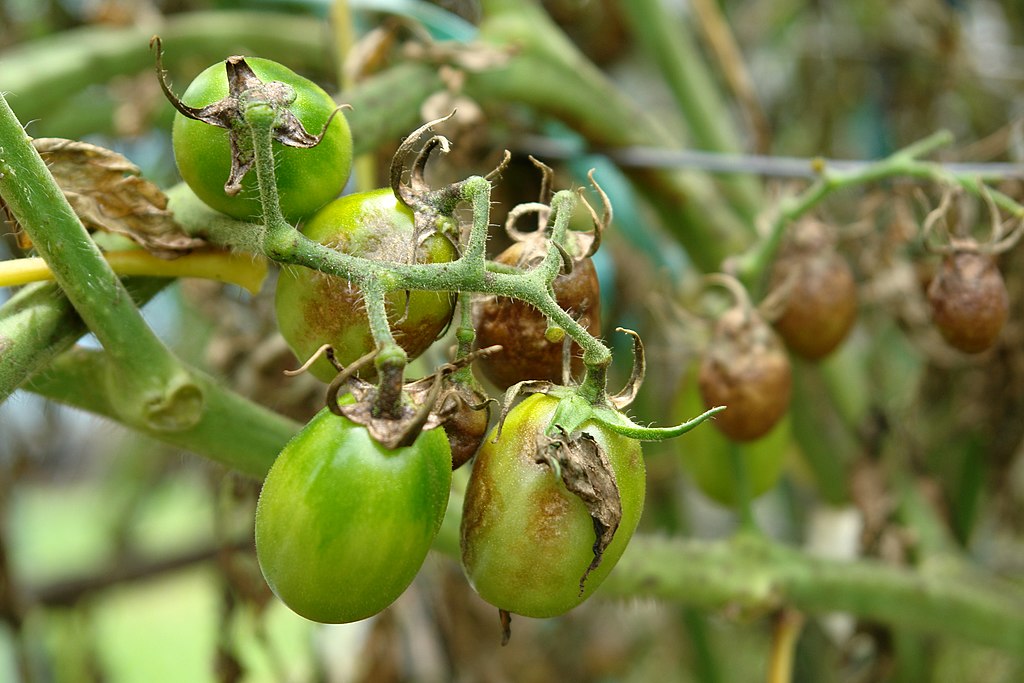
Phytophthora infestans is a soil-borne pathogen and usually reaches the above-ground parts of the plant via spray water. The fungal spores are in or on the soil and are then catapulted onto the leaves by rain or unfavorable watering, only here does the plant become infected. The most important countermeasure is therefore to reduce splashing water when it rains or when watering. You can find more information on this in the section "Preventing late blight and brown rot".
The spores of the fungus serve to multiply and spread; they usually overwinter in seed potatoes and wait for favorable conditions in early summer. From May/June, they can be transferred to other potatoes or tomato plants by the wind or water spray. Under humid conditions, the spores germinate, forming motile zoospores that first infect the leaves in the initial stage and later also the stems and fruit.

Learn More About Plant Diseases
We have compiled an overview of common plant diseases and explain how you can get rid of them. If the symptoms on your plant do not match a disease in the article, you may find out what your plant has here.
Read More HereRecognizing Late Blight: Damage Pattern on Tomatoes
The leaves close to the ground are usually affected by late blight first. Olive-brown spots and a delicate, whitish turf of spores form on the underside of the leaves. You can therefore identify the disease for the first time in its early stages on the leaves. However, if you take immediate action against the fungal disease, you can still save your protégés! The brown spots eventually spread to the leaves and stems. Over time, the leaves turn black, start to wilt and eventually die. Brownish-black spots also form on the fruit. The tomatoes then become hard and rot. If your stems and fruit are also affected, brown and late blight is already at an advanced stage. Here again, mobile zoospores are formed, which are spread via water droplets and can infect new parts of the plant. The risk of infection by Phytophthora is greatest in damp weather at around 15 °C/59 °F. Potatoes show similar symptoms on the leaves and stems until the tubers finally start to rot in the soil. To save your plants after infection with blight, you should definitely remove the infected plant parts from the bed and dispose of them in the household waste, as otherwise the disease can spread further. Never dispose of the leaves in your compost, as the spores will end up back in your beds via the humus!
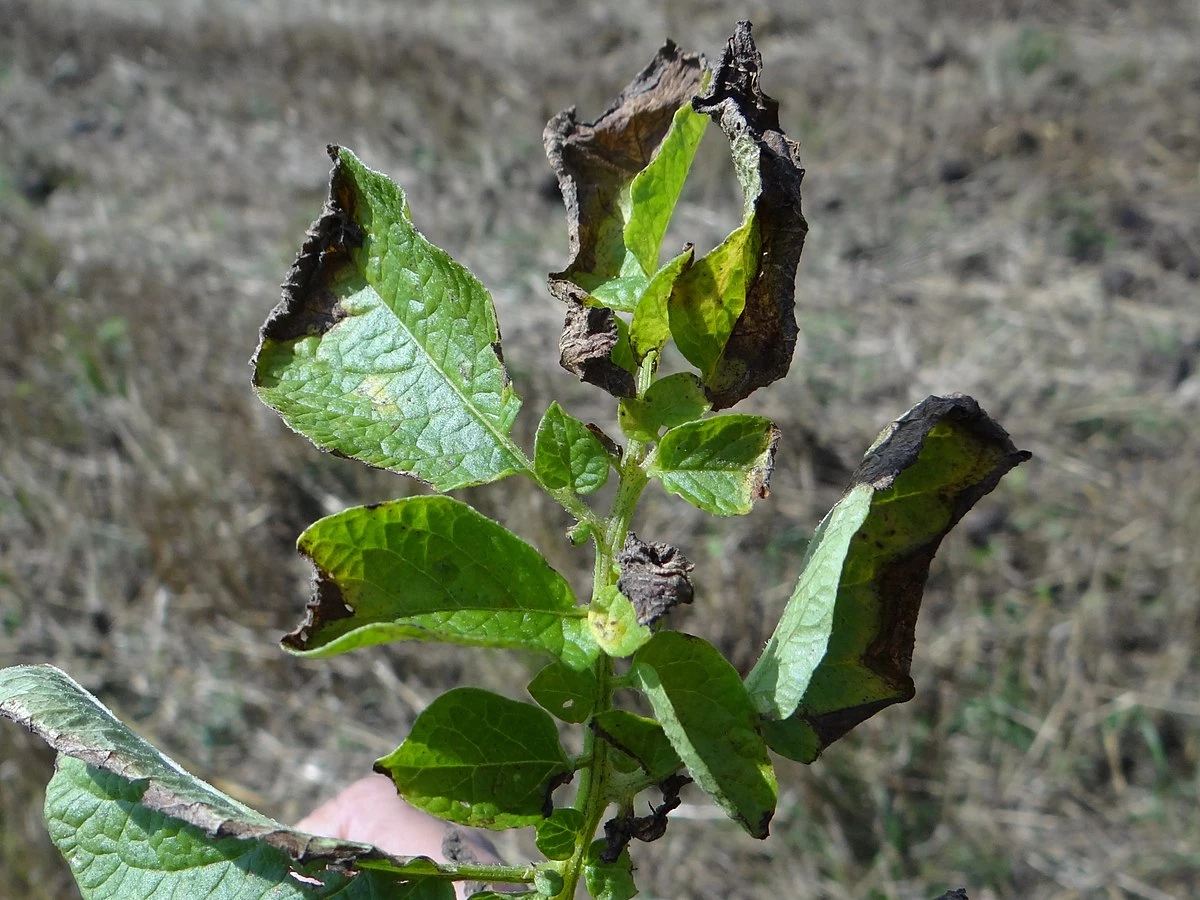
Prevent & Avoid Brown Rot: 6 Tips
There are several measures you can take to prevent late blight. We give you 6 tips for healthy tomato plants! You can find More Tips on Caring for Your Tomato Plants in this article.
Maintain Plant Spacing for Tomatoes
Plant your tomatoes with a distance of 70 cm/27.6 in between the individual plants, the leaves should not touch each other later. If you still want to save space when gardening, fill the gaps with other vegetable plants that are not affected by the fungus. Suitable mixed cultivation partners include bush beans, lettuce and herbs such as basil or nasturtium. The gap planting acts as a barrier between the individual tomato plants, so that the spread of Phytophthora can be reduced. Choose low-growing intercrops here so that the lower tomato leaves continue to be well ventilated. It is also a good idea to grow the tomatoes in single rows to reduce the pressure from late blight.
Watering Tomatoes Close to the Ground
As Phytophthora is transmitted via splashing water, correct watering is one of the most important preventative measures. Make sure to water your tomatoes as close to the ground as possible and keep the leaves dry. One common method, for example, is to bury a plastic pot directly next to each tomato so that it protrudes slightly above the ground. The pot then acts as a kind of funnel and transports the water directly to the roots where the plant needs it. This prevents splashing water and the soil around the plant does not silts up so easily.
Growing Tomatoes Under Cover
Tomatoes are usually grown under foil roofs to protect them from late blight and brown rot. The reason is the same: When it rains, the drops hit the ground from high above and create splash water, which wets the stems and leaves and transmits the fungus. If you cover your soil with mulch, you can also avoid splashing water. Even when growing under cover, it is important that the tomato crop is well ventilated from both sides. The protective structure should therefore be open to the sides so that the air can circulate properly. Also choose a location for your plants that is as sunny as possible so that they dry out better in damp conditions.
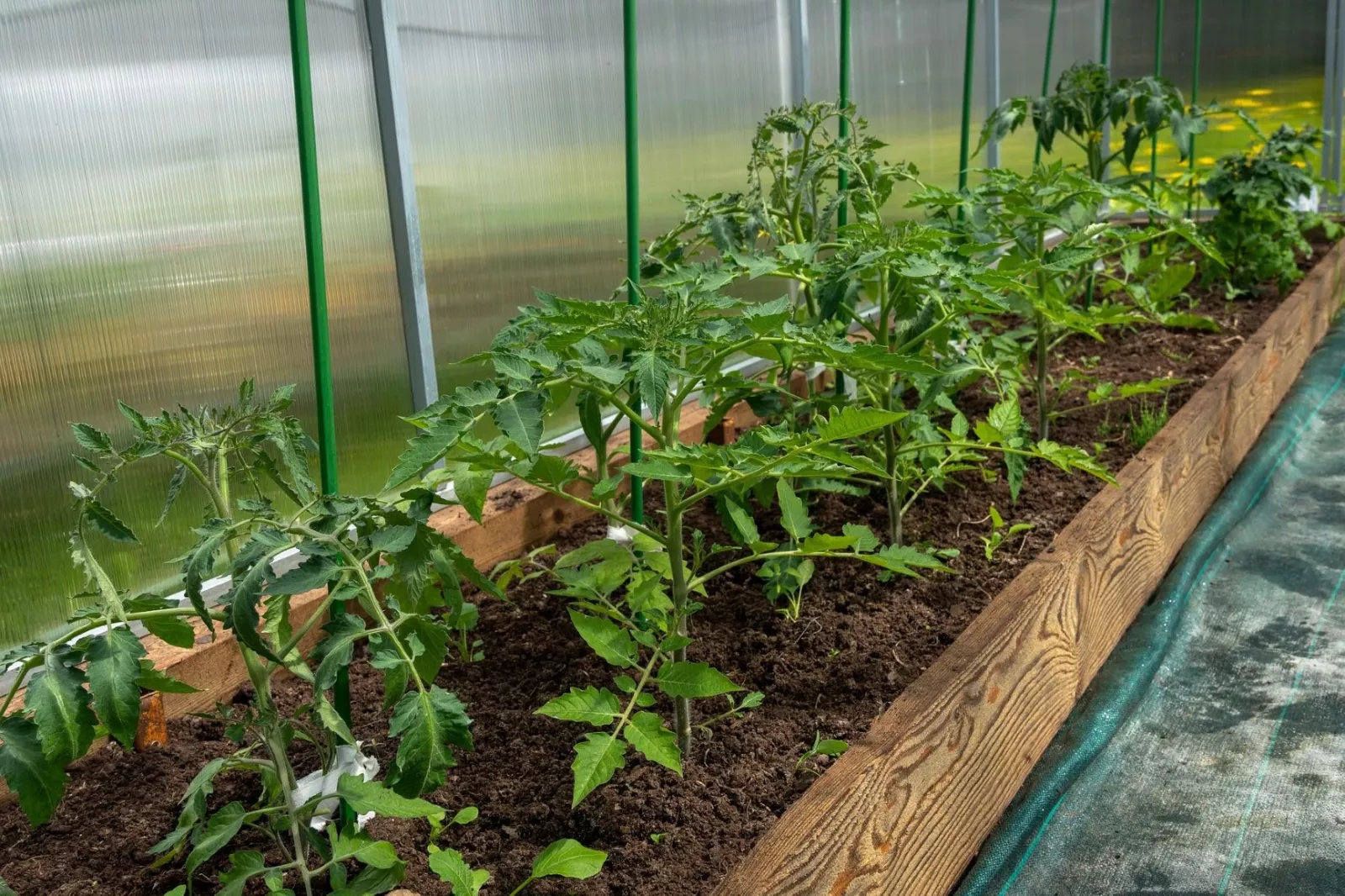
Plant Hygiene: Defoliation and Spraying
As soon as your tomatoes are big enough, you can remove the leaves below the first blossom. This will reduce the surface area that can easily become infested near the ground. Spray your tomatoes with horsetail tea several times a week from mid-June to strengthen them against fungal diseases. Horsetail Tea is a proven household remedy against fungal diseases such as late blight. However, you should stop the treatment shortly before harvesting, as the taste of the fruit may be affected. Dusting the plants with seaweed lime or rock flour can also help to minimize blight infestation via the leaves. Loose soil without waterlogging is also an important prerequisite for healthy, resistant plants.
Choose Resistant Tomato Varieties
There are no absolutely resistant tomato varieties that cannot be affected by late blight. However, there are varieties that are more resistant than others. These include "Philovita", "De Berao", "Harzfeuer", "Primavera" and "Phantasia". However, the varieties 'Vladivostok', 'Legend' and 'Matina' are also quite resistant to late blight. These robust tomato varieties are more suitable for outdoor cultivation, but also benefit from the measures described above to reduce late blight. We explain how you can Find the Right Tomato Variety for you in this article.
Regular Checks for Tomato Diseases
Check your plants regularly from mid-June to detect an infestation early and be able to intervene. This significantly increases your chances of saving your tomato plants and harvest. It is often the case that Phytophthora spreads rapidly in tomato crops towards the end of the season. However, if you carefully follow the recommended preventative measures, you can delay the spread of the pathogen until after the last harvest or prevent it completely. It is important to be vigilant at all times and to react in good time and in the early stages of an infestation!
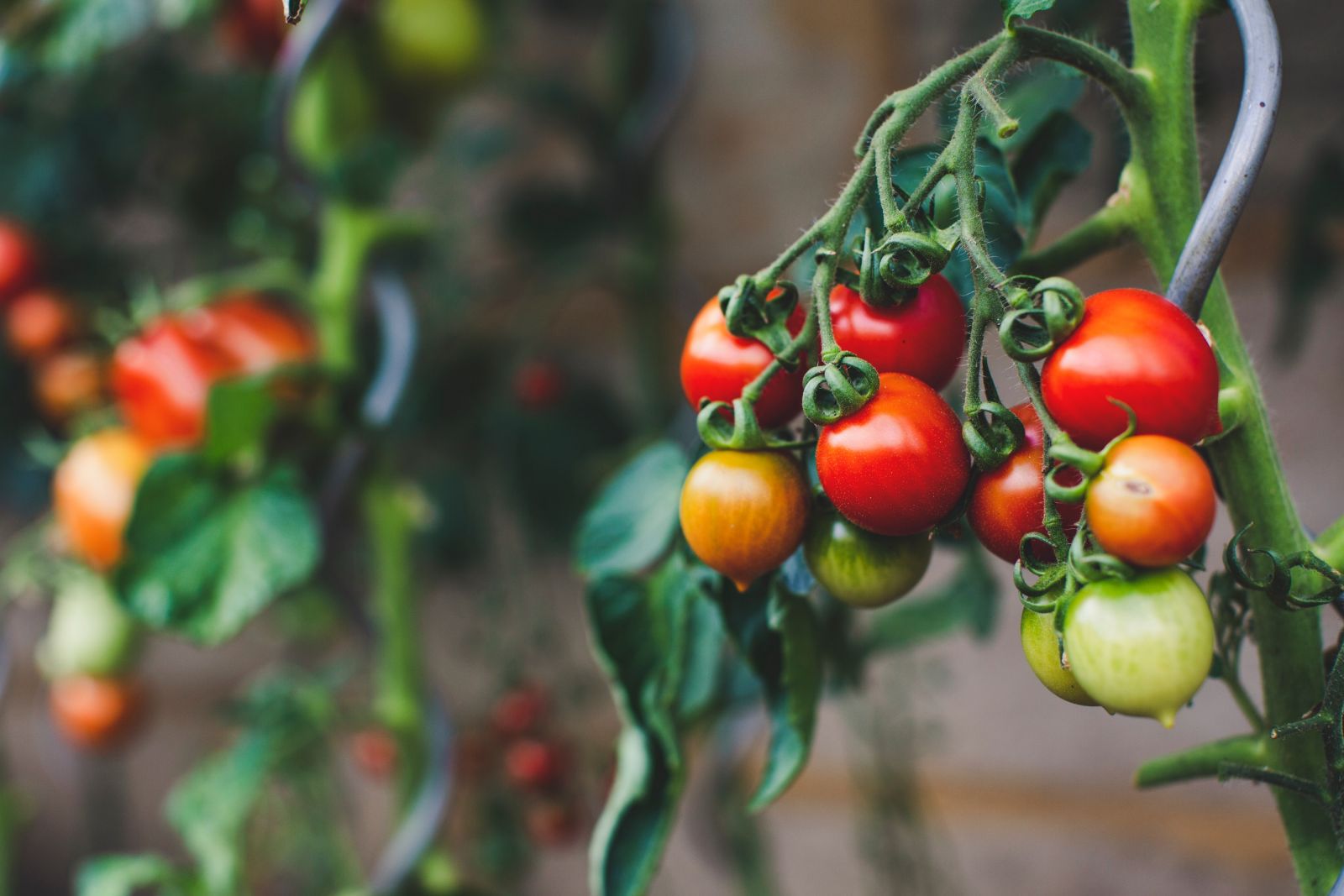
Tomatoes With Blight: What to Do?
If your tomato plants have been infected with late blight, there are a few things you can do to save your tomatoes. However, you must act quickly to prevent the disease from spreading in your bed or garden. It is not just a tomato disease, potatoes and strawberries are also often affected by this disease. You can find out what you can do in the event of an infestation below.
Remove Diseased Plant Parts and Dispose of in Household Waste
Infested plant parts such as leaves and fruit must be identified promptly and removed immediately. Dispose of the infested parts in household waste, the spores are very long-lived and robust and should therefore not be composted. Good hygiene is also important here. All objects that are in contact with the tomato plants should be disinfected (secateurs, sticks, climbing aids). Boiling water or a gas burner is sufficient for this.
Observe Crop Rotation and Mixed Cultivation
Potatoes can also be affected by Phytophthora, so be careful not to plant them directly next to tomatoes. Instead, choose good companions for tomatoes in your mixed crop, such as garlic, spinach or nasturtium. With the right plant companions, your tomato plants will develop more robustly and be more resistant to diseases. Also choose a wide crop rotation for the susceptible plants so that no tomatoes or potatoes follow directly after each other. As tomatoes are self-compatible, they are often grown in the same place every year. As long as the plants grow healthily and all preventative measures are observed, there is nothing to be said against a perennial tomato bed. However, as soon as late blight appears, you should mix the plants in your beds more thoroughly so as not to support the pathogen unnecessarily. A covered tomato bed can be used as such for longer than one in the open air. You can find out more about Growing Tomatoes in Mixed Cultivation With Good and Bad Companion Plants in our article. Here you will also find tips on succession planting and crop rotation.
Home Remedies for Blight and Late Blight: Horsetail Tea & Compost Tea
Horsetail tea is a tried and tested household remedy for preventing and combating late blight. It is mainly used as a preventative measure to prevent infestation. However, horsetail broth can also help to strengthen and save your plants in the event of a mild infestation. Another home remedy for fungal diseases is compost tea, which also helps to prevent late blight. You can find out How to Make and Use Compost Tea in this article.
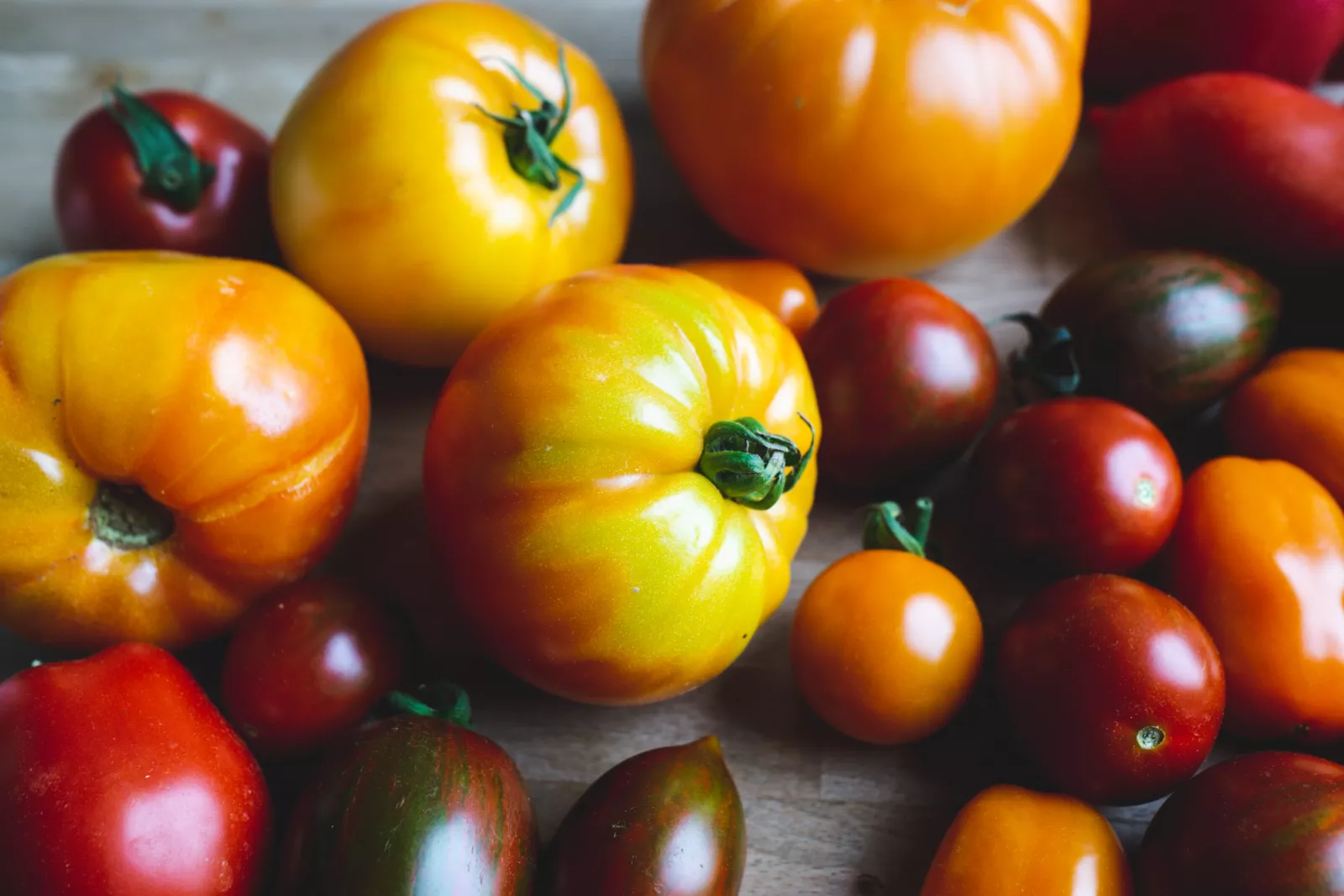
Mixed Cultivation With Tomatoes Against Diseases and Pests: Your Planting Plans
To get the healthiest tomato plants possible, you need the right care and as much diversity in your bed as possible. Good neighbors next to your tomatoes will help them grow healthy and strong. These include cabbage, spinach, lettuce, basil, corn, chives, cress, peppers and chilies. We have prepared some bed layouts for mixed cultivation with tomatoes in the open field, greenhouse or on the balcony to give you some inspiration.
Prevention is the be-all and end-all when it comes to late blight. If grown correctly, you can get your tomato plants through the season in good health, so nothing stands in the way of a bountiful tomato harvest.
If you have any questions or comments, please write to us at magazin@fryd.app. Would you like to receive helpful gardening tips all year round and plan your own beds optimally? Then register here or download the Fryd app for Android or iOS.
Fryd - your digital bed planner
Annabell
Current Topics in the Community

#red , #tuesday

Liked 1 times
#testpostcount

Dec 2025
Popular Articles

Companion Plants for Carrots: What (Not) to Plant With Carrots

Companion Plants for Celery : What (Not) to Plant With Celery?

Strawberry Types: List of Best Strawberry Varieties

Companion Planting With Strawberries: Companion Plants and Planting Plan

Basil Varieties & Types at a Glance

What to Plant With Cabbage: Good and Bad Companion Plants

Fertilizing Strawberries: Home Remedies & Natural Fertilizers at a Glance

Growing Sweet Potatoes: Tips on Cultivation & Companion Plants

Companion Plants for Kitchen Herbs: Chives, Parsley & Co

What Herbs Can Be Planted Together?
FAQ
Remove all infested plant parts immediately and dispose of them in the household waste! Pay particular attention to crop rotation after an infestation and avoid planting potatoes or strawberries afterwards. Proven household remedies against late blight are horsetail and compost tea, which can help with light infestations.
What helps to prevent late blight?
To prevent late blight, you should maintain the specified planting distance and choose robust varieties. As the fungus spreads via splashing water, it helps to cover the tomatoes and water them close to the ground. Good plant hygiene is also important: defoliate your tomatoes and check regularly for diseases. Spraying horsetail or compost tea also helps as a preventative measure.
What does late blight look like?
In the initial stage, olive-brown spots develop on the leaves with a whitish turf of spores. Over time, brown rot also spreads to the stems and fruit. Once the disease has progressed, the affected parts of the plant die.